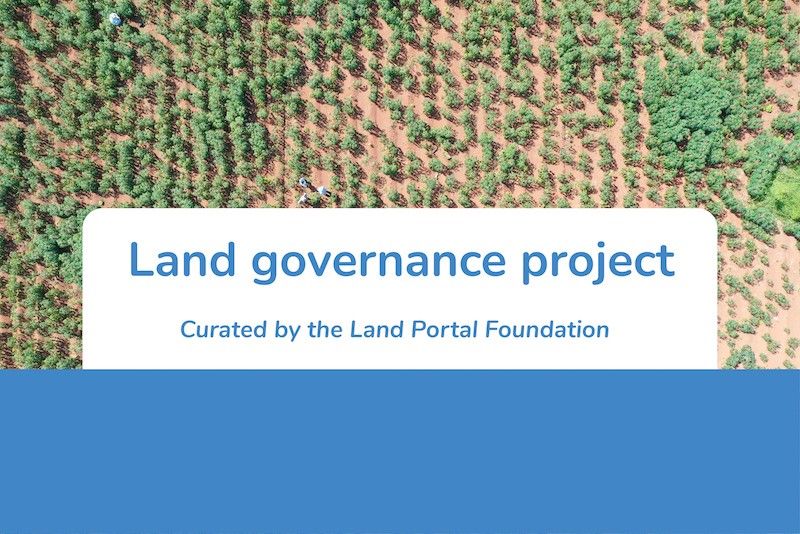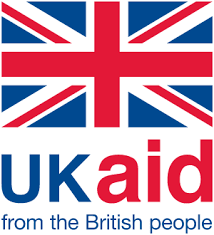Community / Land projects / Research on South East Asia indigenous people programme
Research on South East Asia indigenous people programme

€0
01/15 - 04/15
Voltooid
This project is part of
Implementing Organisations
Donors
Data Providers
General
South East Asia well represents the global problems of rapid, and uneven development, often at the expense of the increasingly marginalised. Rapid economic growth in the last three decades has seen an increase in multinational companies taking advantage of increasingly liberal flow of finances, goods and services, very often with a focus on providing raw materials for Chinese unparalleled industrialisation. This has exerted pressure on natural resources, particularly land and other land-based resources, and on the communities that depend on them for their subsistence. The majority of states in Asia fail to adequately recognise indigenous rights to land and culture; therefore regional growth is far too often founded on land grabbing and abuse of the marginalised. The lack of protection for land-rights has resulted in inconsistent poverty reduction rates and growing inequality, often perpetuated by poor governance. Indigenous peoples are globally marginal to the dominant economic and political system. Even in some highly developed states including Australia, New Zealand, USA and Canada there are indigenous populations living in high levels of disadvantage and marginalisation. Although they make up roughly 5% of the global population, they account for about 15% of the poor. South East Asia is estimated to be home to up 20% of the world’s 370 million indigenous peoples. Indigenous peoples in the region are among the poorest in terms of income and access to justice, made worse by insecurity over land tenure, food security, and the gradual erosion of their traditional cultures. Dealing with this situation will require a focus on sustainable economic growth and poverty reduction, along with strategies to address multiple sources of disadvantage to reach those indigenous communities. However, this needs to be done in culturally sensitive manners, with the full engagement of those indigenous peoples in order to be fully empowering. In the South East Asian context indigenous peoples are estimated to make up as much as 30% of the populations in Lao PDR and Myanmar, about 20% in Indonesia, 10-15% in the Philippines, and as low as 1.3% in Cambodia. Their estimated numbers range from a high of 50 to 70 million in Indonesia, 12 to 15 million in the Philippines, to about 179,000 in Cambodia. Part of the problem in identifying the numbers of indigenous peoples in South-East Asia, is that there are on-going conceptual debates concerning the term ‘indigenous peoples’. As noted previously States in the region, despite supporting the Declaration, frequently deny that there are indigenous peoples within their borders , and often refer to them as ethnic minorities, or use terms such as “hill tribes”, “cultural minorities” or “isolated and alien peoples”. However, many of these groups self-identify as indigenous, and that recognition of the indigenous right to determine their own membership is crucial to the definition of who indigenous peoples are. Within the region the application of indigenous rights has been mixed. The Philippines is undeniably the most advanced country in terms of the legal framework governing indigenous peoples, including a 1997 law with the provision for FPIC, although the implementation is frequently lacking. Then there are countries such as Indonesia and Cambodia, which have a history of conflict, but where recent changes in the law show promise in terms of the protection of indigenous rights. The situation in Indonesia looks particularly promising at the moment, with regard to a drafting a law on indigenous peoples (masyarakat hukum adat). Finally there are countries such as Laos and Myanmar, which despite showing some minor improvements in creating regulatory and institutional mechanisms, have a long way to go in terms of providing a rights-based legislative framework. Therefore the opportunities within any country are mixed, and any programme will have to be able to prioritise and take advantage of opportunities as they arise. PIPLinks, working with CAFOD and CAFOD partners, will complete research, alongside developing plans for a regional partner meeting, to review a plan for potential regional work which is based on community support/capacity building and advocacy on defence and promotion of the rights of indigenous peoples in South East Asia. Because of its research and advocacy nature this is difficult to quantify, but the primary work in the initial proposal this is working towards was looking to benefit up to 10,000 indigenous men, women and children, but with secondary benefits to a larger number of indigenous peoples affected by the land rights issues, which can be estimated at least 20% of indigenous populations in South East Asia (approximately 12 million in Indonesia, 2 million in the Philippines, 1 million in Myanmar to about 40,000 in Cambodia



